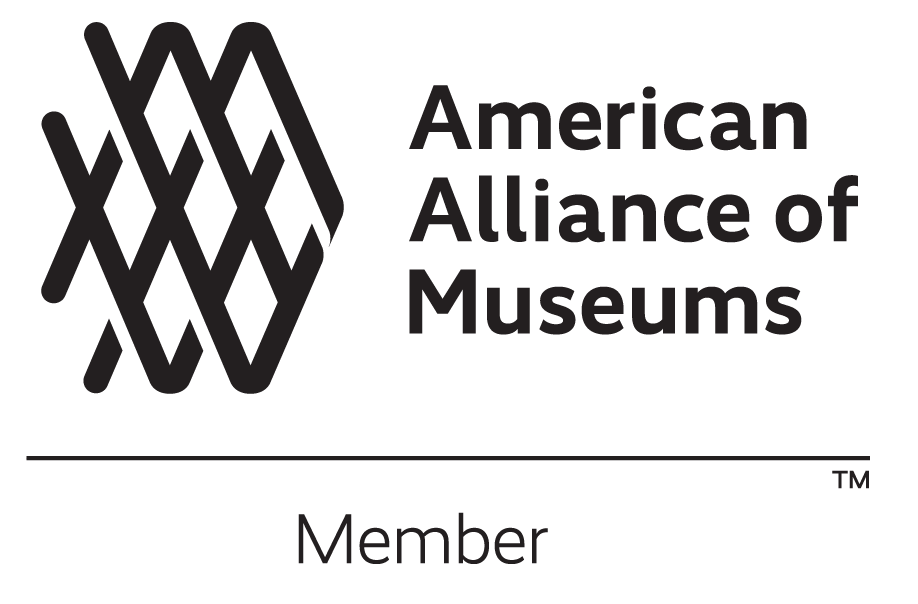Pearls of Old New York
by Stephen Wood
Every inch of Pearl Street, which has been home to the building that houses Fraunces Tavern since 1719, has a story to tell about the history of New York City--including its name. Originally named Paerlstraat (or Parelstraat) by the Dutch settlers who built it, Pearl Street serves as a reminder of the city’s vital and ever-evolving relationship with one of the area’s oldest inhabitants: the oyster.
Crassostrea virginica, also known as the Atlantic Oyster or the Eastern Oyster
Crassostrea virginica – also known as the Atlantic oyster – appears to have arrived in New York Harbor around 10,000 BCE. It was the perfect environment for the bivalves, a brackish, intertidal zone rich with nutrients deposited by the Hudson River. Large, man-made piles of oyster shells known as middens, some of which are as large as four feet deep, provide the earliest evidence of human activity in the entire Hudson Valley. The oldest midden has been dated to roughly 6950 BCE.
As the Lenape, the indigenous people who inhabited the New York area when Europeans first arrived, had not yet reached the area at that time, it is unclear who created this first midden, but the Lenape certainly adopted the tradition. In The Big Oyster: History on the Half Shell, Mark Kurlansky remarks that, although modern Americans often portray indigenous peoples’ lives as uniformly difficult and spartan, the Lenape clearly consumed oysters as a luxury. The mollusk’s heavy shell and relatively small body makes it highly inefficient as a food source, but the size and ubiquity of the oyster middens demonstrates that the Lenape had both the time and the desire to consume them, simply because they enjoyed the taste.
Oyster shells were used by farmers to “sweeten,” or cut down on the acidity of, the local soil, but this was only one use for oyster shells. Archaeological evidence also shows that the Lenape would sometimes bury their dead – human and canine – under oyster shells, although this practice was distinct from the practice of making middens. Evidence also suggests that the Lenape over-farmed New York’s oyster beds in a manner that, today, would be recognized as unsustainable. Before the Lenape could do noticeable damage to the local oyster population, however, Europeans showed up and accelerated the process.
View of South Street, from Maiden Lane, New York City (1827), William James Bennet. Collection at the Metropolitan Museum of Art
Some scientists estimate that around half of the world’s oyster population lived in New York Harbor when Henry Hudson first arrived there. The first oysters he tasted were given to him by the Lenape from what is now Yonkers. In the early days of New Amsterdam, oysters and oyster middens were a prominent feature of colonial life. Though it would later be paved in oyster shells, Paerlstraat actually received its name because it was the site of a large midden. The name was also a bit fanciful – while New York’s oysters are capable of producing pearls, they tend to be small, brown, and generally thought of as worthless.
The oysters, however, became an industry unto themselves. For the Dutch and British colonists, they were both a delicacy and a cheap snack, valued immensely by colonists further up the Hudson while being gobbled down greedily by the lower classes of New Amsterdam/New York. In a tradition that lasted into the 20th century, taverns sprang up along the waterfront, many of them on the north side of Pearl Street, serving cheap oysters and beer to wash them down. The bivalves were, it almost goes without saying, a staple of the Fraunces Tavern menu. The Lenape showed Europeans how to harvest oysters using a specially-designed rake, though Kurlansky notes that “[a]nyone in the area need not have traveled far to reach into shallow waters and pluck oysters like ripe fruit.”
The Oyster Eaters (1778), Jean Tessier. Collection at the Metropolitan Museum of Art.
Oyster carts were a common sight on New York streets, and in addition to being used as a food and a fertilizer, oysters also became an important part of the city’s construction boom. Records show an order of “oyster shell lime” placed by the builders of Trinity Church in 1697. As some New Yorkers became wealthy enough to build large stone houses and other stone buildings, lime and mortar derived from oyster shells became such common building materials that their stench was added to a growing list of complaints lodged by visitors to the rapidly-growing, and increasingly-foul-smelling city.
The colonial government realized surprisingly early that it needed to do something to protect the oyster population. In 1715, it banned the harvesting of oysters during months that contain the letter R, complying with conventional wisdom. Four years later, it passed further restrictions on oystering, this time explicitly in the interest of the poor who relied on oysters for a cheap meal.
Disputes also arose regarding who could farm the oyster beds. According to Kurlansky, the oystermen of Staten Island clashed with their New Jersey counterparts throughout the Revolutionary period, the conflict having little to do with the question of independence and everything to do with competing claims to local oyster beds.
Whatever effect these restrictions had, they were not enough. Even as they consumed vast amounts of oysters, New Yorkers damaged the ecosystem by dumping sewage into oyster beds. As is the case with so many of America’s waterways, the pollution only got worse over time. Industrial pollution from the city and further up the Hudson, combined with a population boom and the accompanying demand for oysters, had all but eradicated New York’s oyster population by the mid-20th century.
Oyster Houses, South Street and Pike Slip, Manhattan (1937). Berenice Abbott. Collection at the New York Public Library.
Heap of shells from mussels which have been pickled for the New York market. The shells are used as cultch for seed oysters (1911). George A. Carman. Collection at the University of Washington.
There was a hidden cost to the loss of New York’s oysters. Oyster beds, some of which rise as high as 20 feet from the floor of the bay, are a natural defense against storm surges, breaking up large waves before they reach the coast just as coral reefs do in other parts of the world. Being filter-feeders, oysters also act as natural water purifiers. In the wake of Hurricane Sandy, which caused unprecedented flooding in New York City, the Hurricane Sandy Rebuilding Task Force dedicated $60 million to a project that aims to resuscitate the oyster while also defending the city from future environmental disasters. The goal is to build new oyster beds, “Living Breakwaters,” that will purify the waters, protect the city from future storm surges, and return one of the harbor’s oldest residents, crassostrea virginica, to something approaching its former glory.
Fraunces Tavern Museum’s Facilities & Operations Manager Eric with an oyster shell found in the basement of 54 Pearl Street.
The story of New York’s oysters is a cautionary tale, but one that is not over yet. The staff of the Fraunces Tavern Museum learned this first-hand on a recent trip to our basement to investigate a hole that had opened up in the floor. As the Tavern is built on landfill, our staff was only slightly surprised to discover water underneath the building, but had not anticipated something that it discovered in that water: oysters, right there on – well, under – Pearl Street, where they’ve always been.









